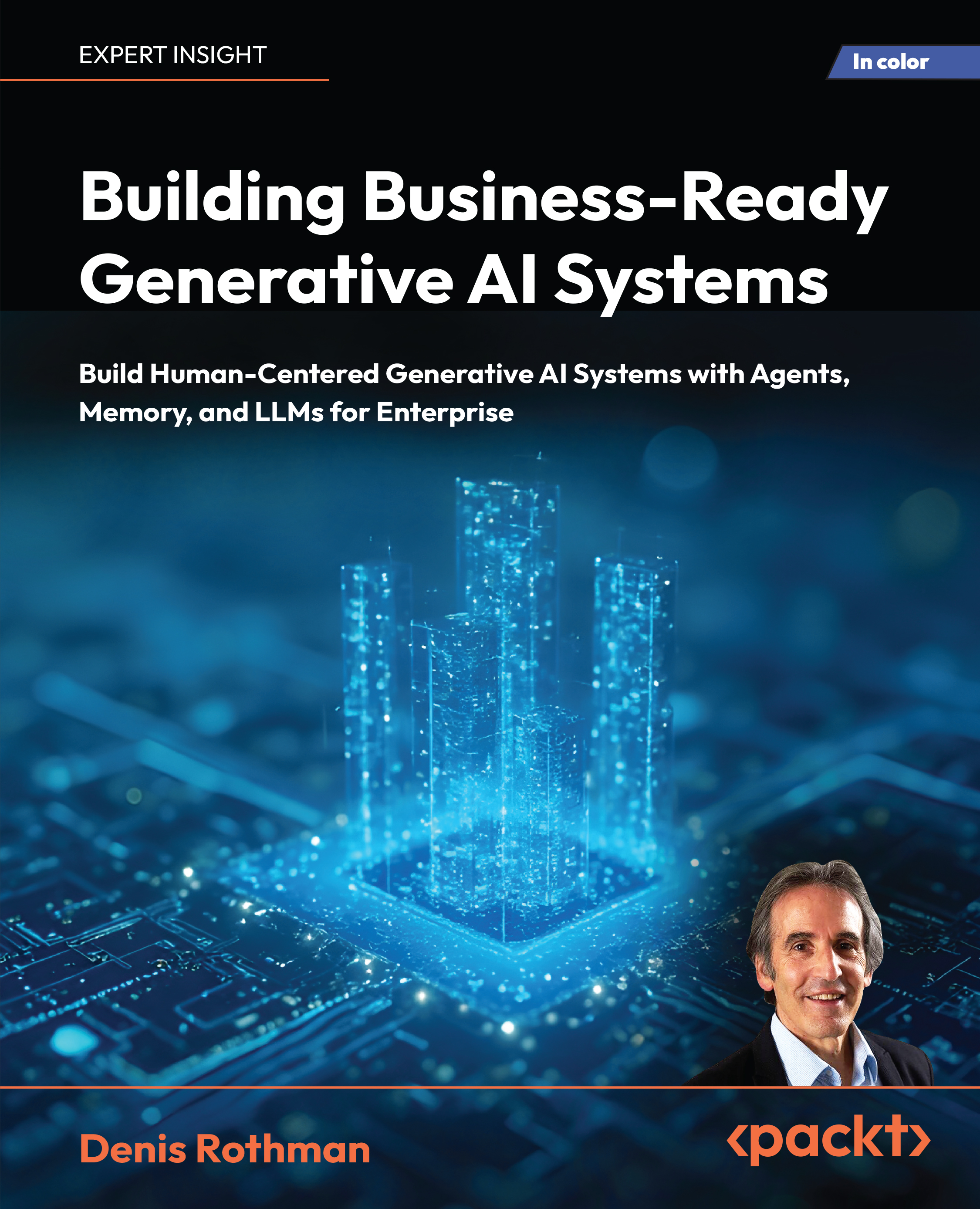Last week, Epic released the stable version of Unreal Engine 4.23 with a whopping 192 improvements. The major features include beta varieties like Chaos - Destruction, Multi-Bounce Reflection fallback in Real-Time Ray Tracing, Virtual Texturing, Unreal Insights, HoloLens 2 native support, Niagara improvements and many more. Unreal Engine 4.23 will no longer support iOS 10, as iOS 11 is now the minimum required version.
What’s new in Unreal Engine 4.23?
Chaos - Destruction
Labelled as “Unreal Engine's new high-performance physics and destruction system” Chaos is available in beta for users to attain cinematic-quality visuals in real-time scenes. It also supports high level artist control over content creation and destruction.
https://youtu.be/fnuWG2I2QCY
Chaos supports many distinct characteristics like-
Geometry Collections: It is a new type of asset in Unreal for short-lived objects. The Geometry assets can be built using one or more Static Meshes. It offers flexibility to the artist on choosing what to simulate, how to organize and author the destruction.
Fracturing: A Geometry Collection can be broken into pieces either individually, or by applying one pattern across multiple pieces using the Fracturing tools.
Clustering: Sub-fracturing is used by artists to increase optimization. Every sub-fracture is an extra level added to the Geometry Collection. The Chaos system keeps track of the extra levels and stores the information in a Cluster, to be controlled by the artist.
Fields: It can be used to control simulation and other attributes of the Geometry Collection. Fields enable users to vary the mass, make something static, to make the corner more breakable than the middle, and others.
Unreal Insights
Currently in beta, Unreal Insights enable developers to collect and analyze data about Unreal Engine's behavior in a fixed way. The Trace System API system is one of its components and is used to collect information from runtime systems consistently. Another component of Unreal Insights is called the Unreal Insights Tool. It supplies interactive visualization of data through the Analysis API.
For in-depth details about Unreal Insights and other features, you can also check out the first preview release of Unreal Engine 4.23.
Virtual Production Pipeline Improvements
Unreal Engine 4.23 explores advancements in virtual production pipeline by improving virtually scout environments and compose shots by connecting live broadcast elements with digital representations and more.
In-Camera VFX: With improvements in-Camera VFX, users can achieve final shots live on set by combining real-world actors and props with Unreal Engine environment backgrounds.
VR Scouting for Filmmakers: The new VR Scouting tools can be used by filmmakers to navigate and interact with the virtual world in VR. Controllers and settings can also be customized in Blueprints,rather than rebuilding the engine in C++.
Live Link Datatypes and UX Improvements: The Live Link Plugin be used to drive character animation, camera, lights, and basic 3D transforms dynamically from other applications and data sources in the production pipeline. Other improvements include save and load presets for Live Link setups, better status indicators to show the current Live Link sources, and more.
Remote Control over HTTP: Unreal Engine 4.23 users can send commands to Unreal Engine and Unreal Editor remotely over HTTP. This makes it possible for users to create customized web user interfaces to trigger changes in the project's content.
Read Also: Epic releases Unreal Engine 4.22, focuses on adding “photorealism in real-time environments”
Real-Time Ray tracing Improvements
Performance and Stability
- Expanded DirectX 12 Support
- Improved Denoiser quality
- Increased Ray Traced Global Illumination (RTGI) quality
Additional Geometry and Material Support
Unlock access to the largest independent learning library in Tech for FREE!
Get unlimited access to 7500+ expert-authored eBooks and video courses covering every tech area you can think of.
Renews at $19.99/month. Cancel anytime
- Landscape Terrain
- Hierarchical Instanced Static Meshes (HISM) and Instanced Static Meshes (ISM)
- Procedural Meshes
- Transmission with SubSurface Materials
- World Position Offset (WPO) support for Landscape and Skeletal Mesh geometries
Multi-Bounce Reflection Fallback
Unreal Engine 4.23 provides improved support for multi-bounce Ray Traced Reflections (RTR) by using Reflection Captures. This will increase the performance of all types of intra-reflections.
Virtual Texturing
The beta version of Virtual Texturing in Unreal Engine 4.23 enables users to create and use large textures for a lower and more constant memory footprint at runtime.
Streaming Virtual Texturing: The Streaming Virtual Texturing uses the Virtual Texture assets to present an option to stream textures from disk rather than the existing Mip-based streaming. It minimizes the texture memory overhead and increases performance when using very large textures.
Runtime Virtual Texturing: The Runtime Virtual Texturing avails a Runtime Virtual Texture asset. It can be used to supply shading data over large areas, thus making it suitable for Landscape shading.
Unreal Engine 4.23 also presents new features like Skin Weight Profiles, Animation Streaming, Dynamic Animation Graphs, Open Sound Control, Sequencer Curve Editor Improvements, and more.
As expected, users love the new features in Unreal Engine 4.23, especially Chaos.
https://twitter.com/rista__m/status/1170608746692673537
https://twitter.com/jayakri59101140/status/1169553133518782464
https://twitter.com/NoisestormMusic/status/1169303013149806595
To know about the full updates in Unreal Engine 4.23, users can head over to the Unreal Engine blog.
Other news in Game Development
Japanese Anime studio Khara is switching its primary 3D CG tools to Blender
Following Epic Games, Ubisoft joins Blender Development fund; adopts Blender as its main DCC tool
Epic Games grants Blender $1.2 million in cash to improve the quality of their software development projects
 United States
United States
 Great Britain
Great Britain
 India
India
 Germany
Germany
 France
France
 Canada
Canada
 Russia
Russia
 Spain
Spain
 Brazil
Brazil
 Australia
Australia
 Singapore
Singapore
 Canary Islands
Canary Islands
 Hungary
Hungary
 Ukraine
Ukraine
 Luxembourg
Luxembourg
 Estonia
Estonia
 Lithuania
Lithuania
 South Korea
South Korea
 Turkey
Turkey
 Switzerland
Switzerland
 Colombia
Colombia
 Taiwan
Taiwan
 Chile
Chile
 Norway
Norway
 Ecuador
Ecuador
 Indonesia
Indonesia
 New Zealand
New Zealand
 Cyprus
Cyprus
 Denmark
Denmark
 Finland
Finland
 Poland
Poland
 Malta
Malta
 Czechia
Czechia
 Austria
Austria
 Sweden
Sweden
 Italy
Italy
 Egypt
Egypt
 Belgium
Belgium
 Portugal
Portugal
 Slovenia
Slovenia
 Ireland
Ireland
 Romania
Romania
 Greece
Greece
 Argentina
Argentina
 Netherlands
Netherlands
 Bulgaria
Bulgaria
 Latvia
Latvia
 South Africa
South Africa
 Malaysia
Malaysia
 Japan
Japan
 Slovakia
Slovakia
 Philippines
Philippines
 Mexico
Mexico
 Thailand
Thailand














